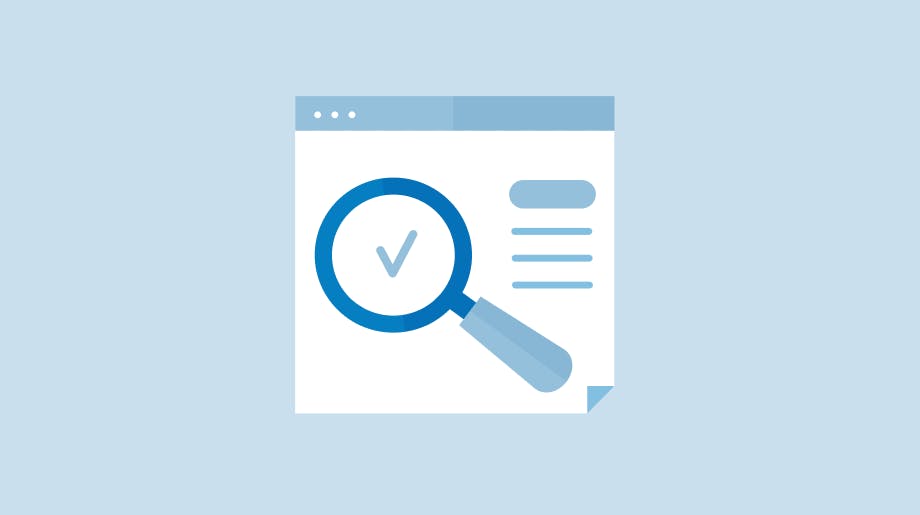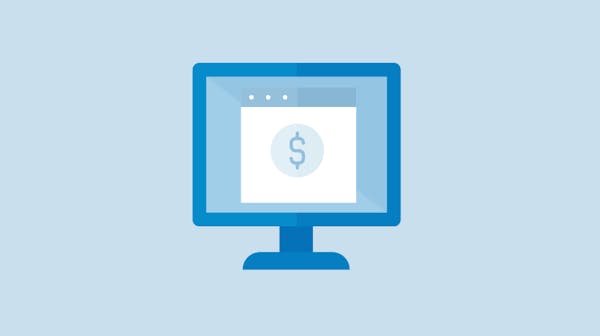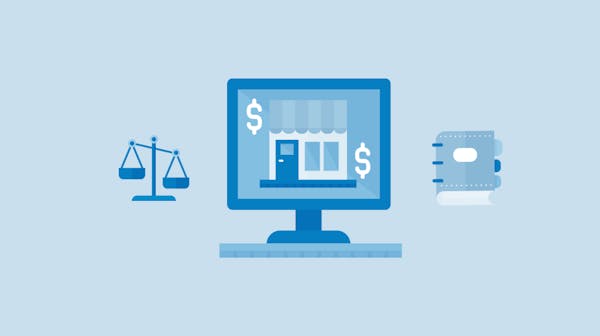"What is an invoice?" you may ask. An invoice is commonly understood as a formal request for payment issued after goods or services have been delivered, detailing the transaction and informing the client of the amount due. It is a fundamental document for managing cash flow, maintaining accurate records, and fulfilling legal requirements. However, there's more to invoices than just billing – they are integral components of professional business practices, and understanding their nuances can significantly impact your company’s financial health. Stay tuned to uncover the full story of why an invoice is not just a piece of paper, but a key player in your business's success.
Explaining the Invoice: A Definition
Typically, this document, known as an invoice, specifies the goods or services provided, their quantities, and the agreed-upon prices. As a cornerstone of financial transactions, an invoice signals to the buyer that payment is due. It's worth noting that an invoice plays a dual role. It is not only a request for payment; it is also an indispensable component of accounting records, ensuring that sales are accurately documented and that financial health is maintained.
Key Elements of an Invoice
Navigating through the elements of an invoice can seem daunting, but each part is vital to its effectiveness and legality:
- Date of the invoice: establishes when the invoice was generated
- Unique invoice number: ensures every invoice is easily identifiable
- Seller’s and buyer's contact information: to clarify who is involved in the transaction
- Detailed description of goods or services: allows the buyer to understand what they are paying for
- Itemized list of prices and quantities: outlines the financial specifics of the transaction
- Total amount due, including taxes and any discounts
- Payment terms: when and how payment should be made
Here's a tip: Always double-check all the details for accuracy to avoid any confusion or disputes later on.
Comparing Invoices with Other Documents
Comprehending the distinctions between common business documents, such as invoices, purchase orders, and receipts, is essential for effective transaction management. A purchase order starts the transaction process, detailing what the buyer intends to purchase, but it's the invoice that requests the payment for those goods or services. Then, after the transaction is settled, a receipt is issued to acknowledge the accomplished payment. For instance, imagine a company purchasing office supplies: they send a purchase order to the supplier, who then delivers the items and issues an invoice. Once the company pays, they receive a receipt for their records.
The Legal Importance of Invoicing
On the legal front, an invoice must comply with specific standards to be considered valid. The details like accurate contact information, a clear description of services, and a breakdown of any applicable taxes are not optional — they are necessities. If a business neglects these components, they may encounter difficulties enforcing payment or doing correct tax filings. For example, a misunderstanding over whether the price includes tax could lead to a significant financial discrepancy.
Best Practices for Creating and Managing Invoices
Mastering what an invoice is and ensuring efficient invoice management can be the lifeline of a business's cash flow. To keep this process smooth, businesses should focus on creating clear, concise invoices and sending them out promptly. To streamline the creation of invoices even further, consider using InvoiceOnline; this tool empowers you to craft what an invoice means to your business quickly and securely right in your browser, with no need for registrations or card details during the free trial. Leveraging technology can be a game-changer; there are various invoicing software solutions available that help streamline the process from creation to payment tracking.




